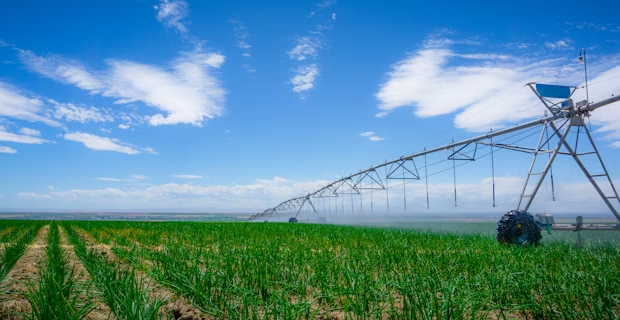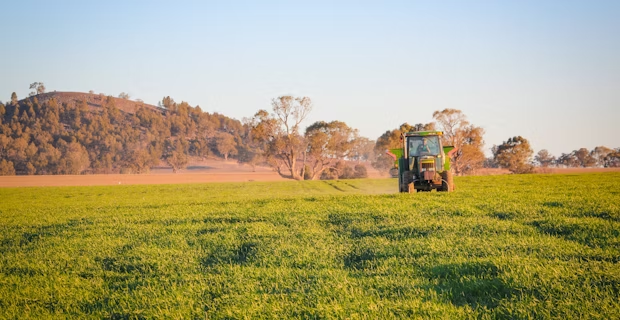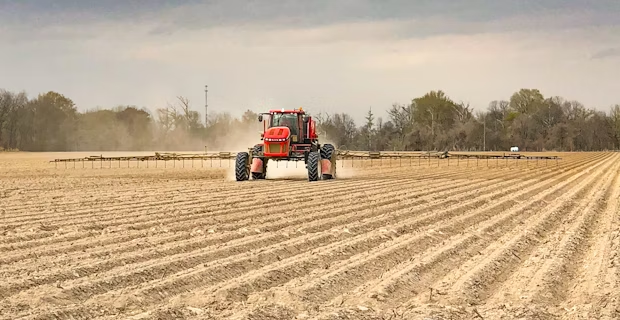I think it’s safe to say that anyone who has read an agriculture-related publication over the past few months would have read articles about carbon. From opportunities to monetize farmers’ carbon sequestration abilities to carbon-focused company mergers & acquisitions and businesses focusing on the carbon ESG factors affecting sustainability measurements, it’s safe to say that carbon is quickly becoming the flavour of the month… or maybe the decade?
“…farmers have a commodity in their hands that will become a lot more in-demand than it currently is.”
What is becoming very clear already, is that it’s the farmers in this case who own a commodity, ‘carbon credits’, that is in hot demand with businesses around the world. And right now, it’s the buyers or dealers of carbon credits who are trying to work out how they can negotiate best to buy these carbon credits. Almost every annual report of listed businesses that I’ve read recently talks about ESG, Environmental, Social and Governance, and offsetting carbon emissions is high on everyone’s priority list. With investors increasingly applying these non-financial factors as part of their analysis process to identify material risks and growth opportunities, I envision this to only become more important in the not-so-distant future.

One of the ‘hot topics’ with farmers and other industry stakeholders has been the fact that buyers and traders only award carbon credits to those farmers that have recently changed their farming practices. In other words, if a farmer has been doing ‘the right thing’ for quite a while already, they are not able to get any carbon credits awarded for this; this hardly seems fair for those farmers that have already been farming in a way that sequesters more carbon than their peers.
Bayer’s announcement on expanding their carbon initiative earlier this year seems to address this exact issue, backdating the implementation of certain practices to January 1st 2012, which makes more farmers that ‘have been doing the right thing for a longer time’ eligible to participate. What this means is that farmers need to be able to show a solid set of field records from before this date all the way to today, something I talked about in a previous article about carbon.

I did also notice in Bayer’s announcement that participating farmers have to lock-in to a 10-year term along with another 10-year retention period. So, for this program to work, farmers will have to supply Bayer with their last 10 years’ worth of farm data, their next 10 years’ worth of farm data, and potentially another 10 years of farm data - depending on how a ‘retention period’ is defined - in order to sell their carbon credits. And, if the price of carbon credits goes up in the meantime, the farmers are still locked-in for the whole 10-year period, and possibly for the 10-year retention period as well.
So what does this mean for farmers? It might be easiest to translate the sale of carbon credits back to the sale of any other commodity, take corn or wheat for example. If you have corn or wheat sitting in your silos and you know that prices are currently low but are very likely to go up over the coming months, are you really going to lock-in long term contracts, not only for your current crop but for the coming 10 years well, to the first trader that visits your farm with an offer?

Or, does it make more sense to wait a bit longer to see how profits can be maximized while taking good care of the grain in storage so that the quality doesn’t deteriorate? It’s a given that more buyers of carbon credits will appear in the market as the demand for carbon credits rises, and it will be interesting to see how supply and demand will influence the price and the measurements used to calculate carbon credits. The landscape is very clear here in my opinion: farmers have a commodity in their hands that will become a lot more in-demand than it currently is, and there is no reason to sell it cheaply and to freely give third parties access to one of their most valuable decision-making tools in the process: farm data.
Because of these factors, while the carbon credit market is young, it’s important for farmers to ensure that they keep their farm data in a standardized and independent repository, so that they can utilize and share their data when the time comes to transact. The carbon market is still new and developing and it doesn’t make sense for farmers to lock themselves in, in such a market when it’s clear that more buyers and different offers will become available; it does make sense for farmers to set themselves up with their farm data so that they are able to transact with their buyer of choice in future, whenever that might be.
Search product labels with Agworld DBX
A reliable source of plant protection chemical label data so that you can find the information you need for managing weeds, pests and diseases in a safe and effective way. Download product labels and SDSs
Powered by Greenbook
This situation is the exact same as storing grain in an independent warehouse or grain elevator so that the grain can be sold to any trader that offers a good price; farmers are better off storing their farm data in an independent ‘data warehouse’ as well. As long as this data warehouse acts as a custodian and facilitator allowing for the owner to direct the transfer of data to anyone they wish through integrations and connectivity when they’ve made the decision to sell some carbon credits.





